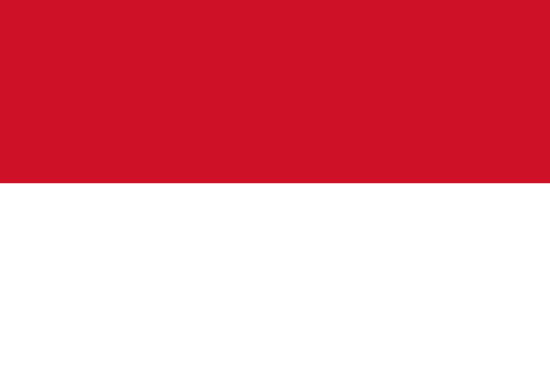"Kota Emas, Budaya Beragam | City of Gold, Culture Diverse"
About:
Timika, a city in Papua, Indonesia, was established in the 1960s as a company town for the Freeport Indonesia mining company. Its population grew rapidly due to the mining industry's expansion. Despite facing environmental and human rights controversies, Timika has evolved into a significant urban center in Papua, with infrastructure improvements and increased accessibility. Today, it remains a vital hub for mining operations and is home to diverse ethnic groups.
When to visit:
Timika, a town located in the Papua province of Indonesia, experiences a tropical rainforest climate with consistently high temperatures and humidity throughout the year. The best time to visit Timika is during the dry season, which typically occurs from May to October. During this period, you can expect sunny weather and less rainfall, making it ideal for outdoor activities such as hiking and exploring the stunning natural landscapes in the region. However, it is important to note that even during the dry season, Timika can still receive occasional rainfall, so it is advisable to be prepared for all weather conditions.
When to avoid:
Traveling to Timika on a holiday is not recommended during the rainy season, which typically occurs from November to March. This period is characterized by heavy rainfall, which can lead to flooding and transportation disruptions in the region. Additionally, the wet weather may hinder outdoor activities and sightseeing opportunities. It is advisable to plan your trip to Timika during the dry season, from April to October, to ensure a more enjoyable and hassle-free travel experience.
Rainy Season (Dec-Mar)
Timika, Indonesia experiences its wettest period from December to March. During this time, average daily temperatures range from 22°C to 30°C. The region receives an average of 300-400mm of rainfall per month, making it quite humid. Sunlight is limited due to heavy cloud cover, with an average of 4-5 hours of sunshine per day. An average day for a visitor during this period would likely involve rainfall, so it's advisable to carry an umbrella or raincoat. Despite the rain, the warm temperatures allow for exploration of local attractions.
"Hot Season (December–March)"
Timika, located in Indonesia, experiences its warmest part of the year from October to May. During this period, the average high temperature ranges from 30°C to 32°C (86°F to 89.6°F), and the average low temperature is usually between 22°C to 24°C (71.6°F to 75.2°F).
Rainfall is significant in Timika throughout the year, but the warm period sees slightly less precipitation with an average monthly rainfall of about 200-250mm. Despite being the "drier" season, visitors should still expect frequent rain showers, often heavy but brief.
Sunlight during this period is relatively abundant, with an average of 6-7 hours of sunshine per day. However, due to the equatorial location of Timika, daylight hours remain fairly constant throughout the year, with around 12 hours of light per day.
Humidity in Timika is high year-round, often exceeding 80%. The warmest part of the year is no exception, with humidity levels typically ranging from 75% to 85%.
Cloudiness varies, with partly cloudy to overcast skies being common. Clear days are relatively rare, but when they occur, they provide a welcome respite from the typically cloudy conditions.
For a visitor, a typical day during the warmest part of the year in Timika would feel hot and humid, with a good chance of experiencing a tropical rain shower. Despite the high temperatures, the constant cloud cover can offer a slight reprieve from the intense tropical sun. It's advisable to carry rain gear and stay hydrated due to the high temperatures and humidity.
Language:
In Timika, a city in the Indonesian province of Papua, the most commonly spoken languages are Indonesian and Papuan Malay. Indonesian is the official language of Indonesia, while Papuan Malay is a Malay-based creole language widely used in the Indonesian part of New Guinea. Additionally, various indigenous Papuan languages may also be spoken.




